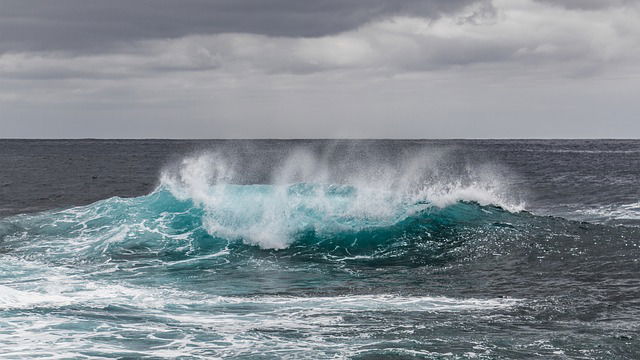
Ocean energy is an important type of renewable energy. It can be carried by ocean waves, tides, salinity, and ocean temperature differences.
Compared with solar and wind energy, ocean energy has a higher density.
So far scientists have designed various ocean energy harvesters. For example, one type of energy harvester imitates natural eel swimming.
It can convert the mechanical energy in ocean water flows to electricity.
Another type of energy harvester initiates the bending of ocean plants in the ocean ground. It can convert wave energy into electric power.
Although these energy harvesters can convert ocean energy to electricity, they are complex, expensive, and only applicable to shallow ocean waves.
In a study recently published in Energy, researchers designed a practical and economical floating energy harvester.
The energy harvester has a floating body with a cable fastened on an anchor or a tower. It is made of a mass-spring system and two piezoelectricity-lever devices. The mass-spring system can transfer wave motions to mechanical vibrations.
The piezoelectricity-lever devices can amplify and transfer the collected mechanical vibration to electrical power. This harvester has higher harvesting efficiency for the intermediate and deep water waves
Researchers also developed a mathematic model to calculate the generated electric power. It showed that the power increased when the wave amplitude and height increased or when the wave period decreased.
For a floating energy harvester with a width (1m), height (0.5m), length (1m) and mass of the mass-spring system (100 kg), it can generate power up to 103W when the wave amplitude is 2 and the wave period is 6 seconds.
Researchers suggest that this harvester can work ideally in ocean locations that have high waves and short wave periods. It is possible to obtain higher power output with this mechanism.
The generated power can be used in marine and civil applications.
Copyright © 2018 Knowridge Science Report. All rights reserved.



